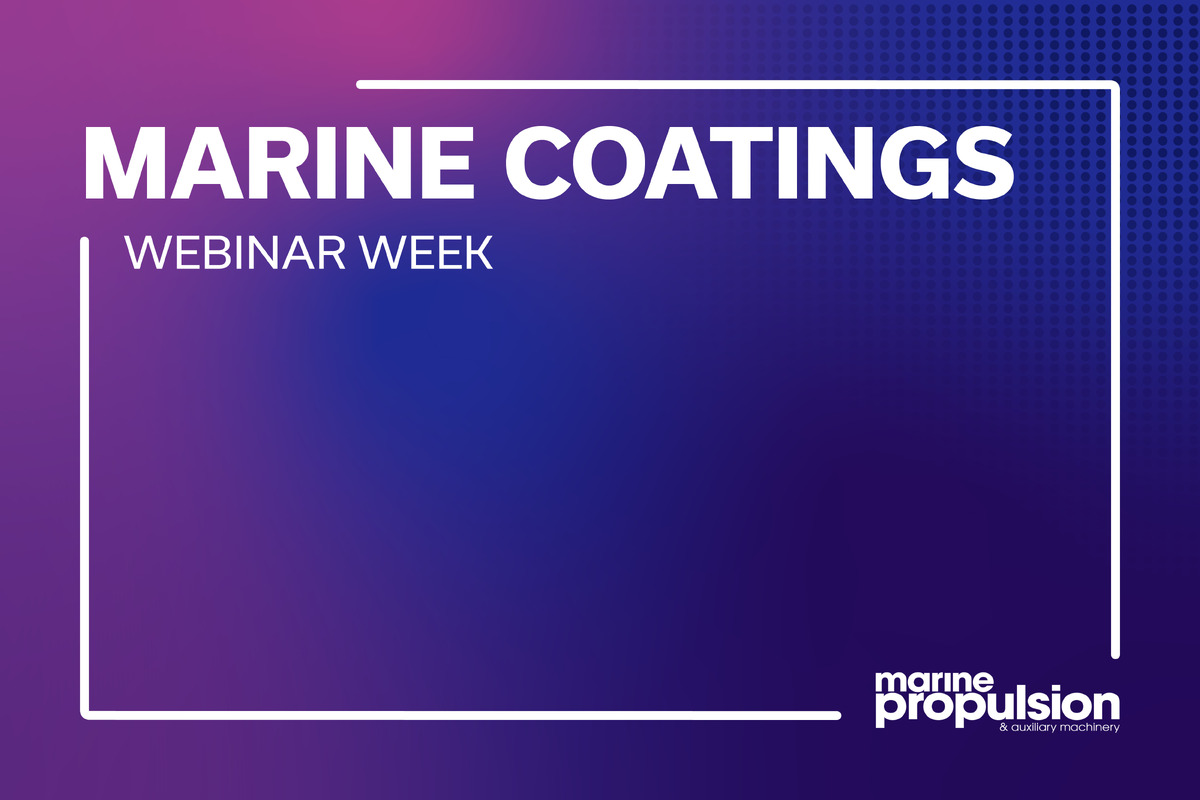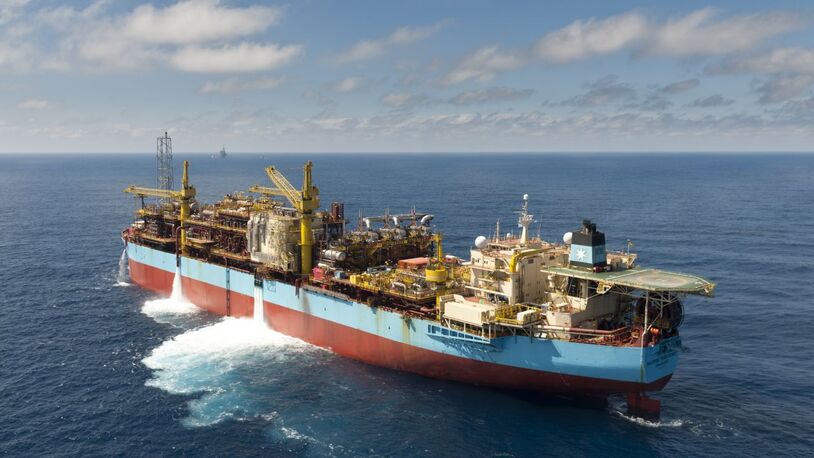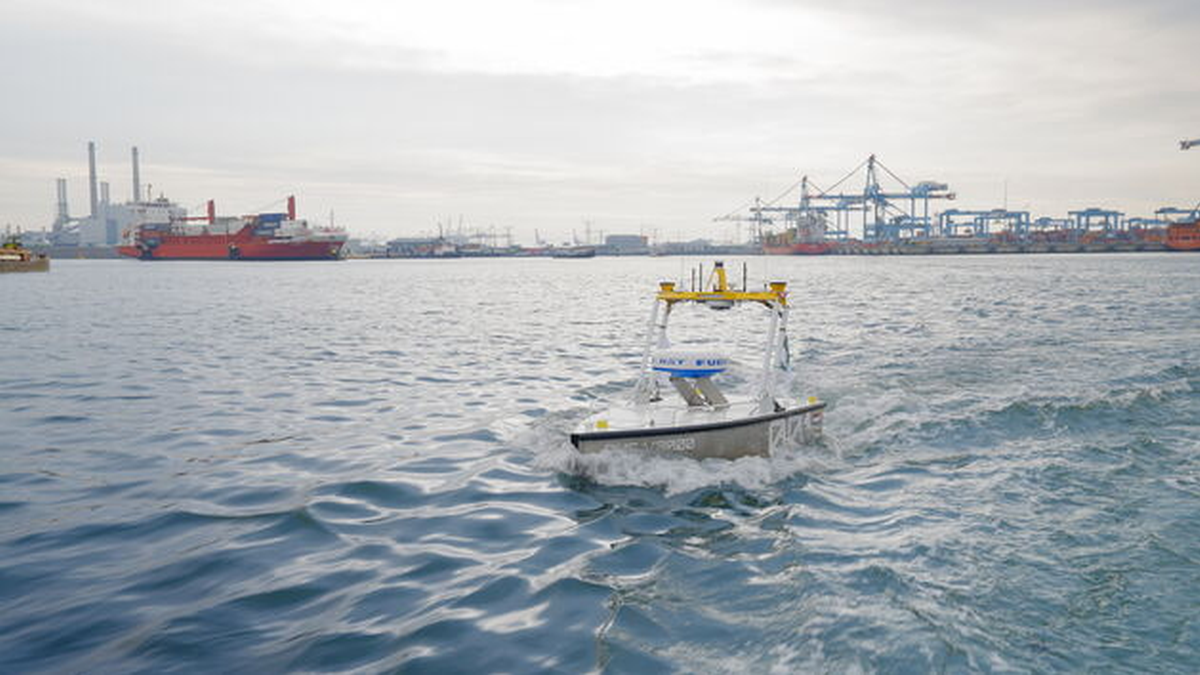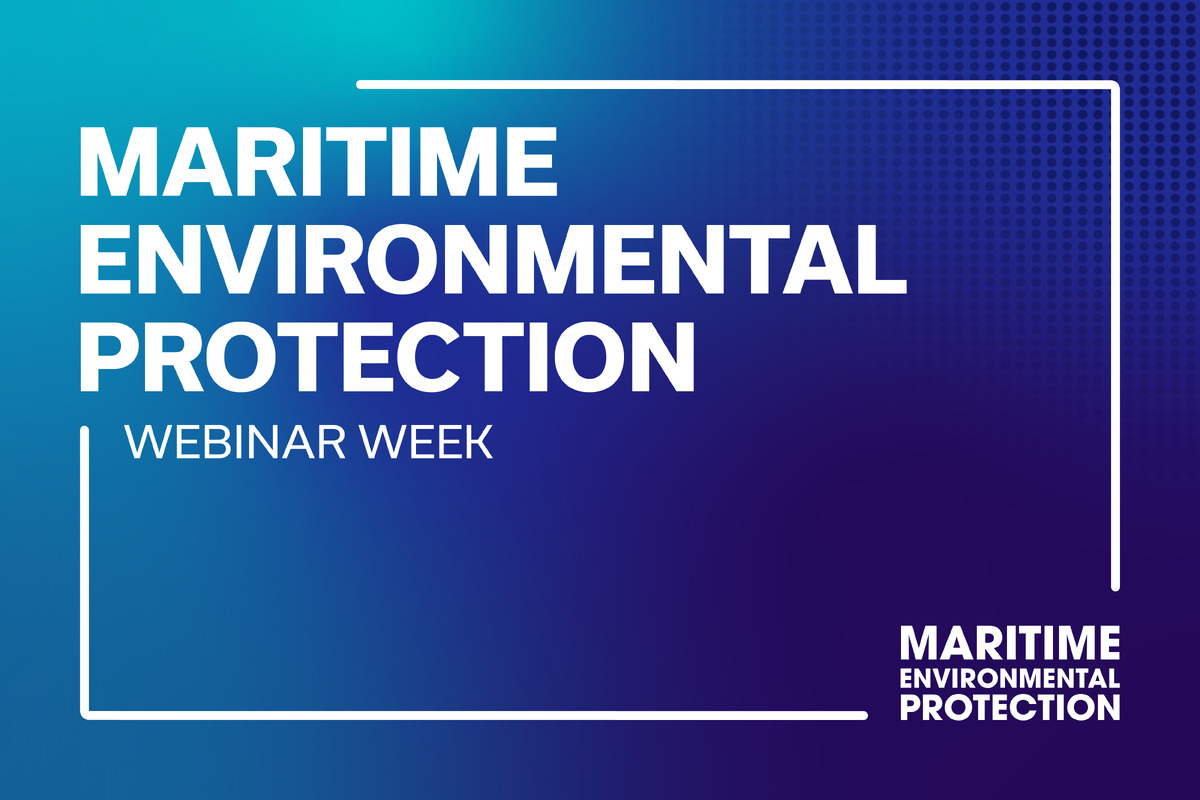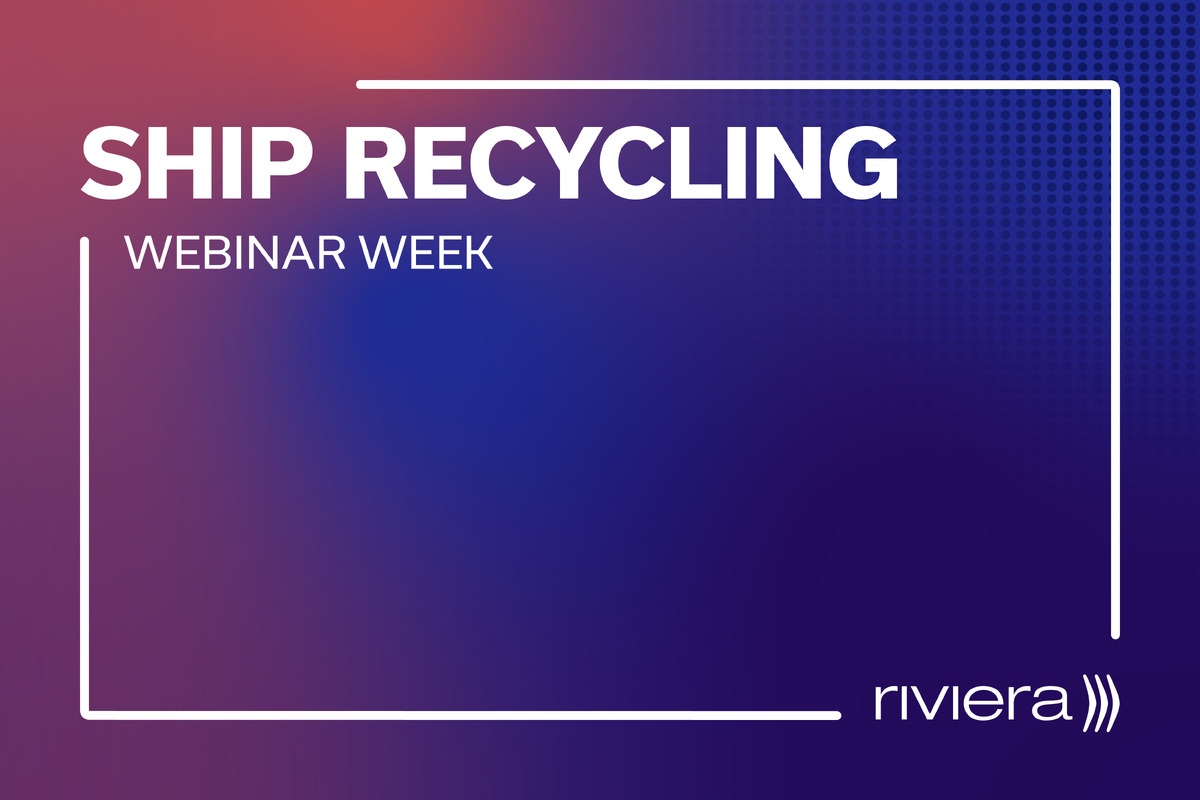Business Sectors
Events
Marine Coatings Webinar Week
Contents
Baltimore bridge collapse: NTSB investigation focuses on Dali electrical problems; 10 crew released
Investigators have removed electrical components from the box ship that destroyed the Key Bridge in Baltimore, and lawyers have struck a deal to see some of the ship’s crew released
The US National Transportation Safety Board (NTSB) published an update in its ongoing investigation of the shipping accident that caused the collapse of a major interstate highway bridge on the US East Coast.
In its second preliminary report, the NTSB said its investigators have removed a terminal block and two sections of associated ’control wiring’ from the 9,962-TEU box ship Dali’s electrical system after witnessing "an interruption in the control circuit for HR1’s undervoltage release" while on board the vessel.
"We continue to examine the removed components at the NTSB Materials Laboratory. We will continue to evaluate the design and operation of the vessel’s electrical power distribution system, and investigate all aspects of the accident to determine the probable cause and identify potential safety recommendations," the NTSB report said.
A terminal block is an insulated block that connects two or more wires together, and an undervoltage release is a device that opens a breaker when voltage in an electrical system or component falls below what the NTSB called ’predetermined thresholds’.
The first preliminary report by the NTSB into the destruction of Baltimore’s Key Bridge confirmed Dali had suffered two blackouts on board within 10 hours of its departure from the port of Baltimore.
The initial NTSB report said the first blackout on board Dali during the ship’s port stay in Baltimore occured during maintenance on a scrubber system, and the second blackout was linked to low fuel pressure in a backup generator.
Subsequent blackouts while the Synergy Group-managed, Maersk-chartered container ship transited out of the port of Baltimore caused the vessel to strike Baltimore’s Francis Scott Key highway bridge, resulting in the bridge’s collapse.
The NTSB has yet to directly link the electrical problems on board the vessel during its port stay to the outages that caused the ship to lose power in transit.
The initial NTSB report followed its description of the causes of in-port power outages by saying that Dali’s first blackout after it left the port of Baltimore on 26 March, and as it approached the Key Bridge, was caused when a pair of circuit breakers on the step-down transformers unexpectedly opened, or ’tripped’.
Notably, the low-voltage system on board powers the lighting as well as the vessel’s steering gear pumps and the main engine’s water pump cooling system.
"NTSB investigators have completed in-person interviews of the vessel’s crew. Onboard examination of engineering systems and testing of electrical systems have been completed. Documentation of the damage to the vessel structure is ongoing," the NTSB said.
At least some of the 20-member crew of the vessel who have been stuck on board since the incident on 26 March, unable to leave, have this week been repatriated or are preparing to leave.
A spokesman for ship manager Synergy Marine, Darrell Wilson, confirmed that "eight of the crew are home and two other crew members will be leaving in the next couple of days" after a US judge approved a deal, reportedly agreed between the US Department of Justice, the US Coast Guard and an attorney for Dali’s owners, Grace Ocean, and manager, Synergy Marine.
A CNN report cited the lawyer, William Bennett, who said his clients are arranging for a replacement crew for those crew members who have been allowed to leave. Those allowed to leave included two cadets.
The fate of the remaining 10 crew on board the vessel remains uncertain. At least some of the crew on board include the ship’s officers, and the CNN report cited the director of the Baltimore International Seafarers’ Center, Reverend Joshua Messick, as saying the remaining crew are required to remain in the US until litigation involving the ship’s allision with the bridge is finished, a process that could take more than a year. Delays to litigation reportedly include a petition by Grace Ocean and Synergy Marine asking the US federal government to cap the companies’ liability in the disaster – widely expected to become the largest maritime insurance claims generating incident in history – at US$43.6M, based on a more than century-old maritime legal statute in the US.
In the weeks since the disaster unfolded, the crew of 20 Indian nationals and one Sri Lankan on board Dali have been unable to leave the vessel, including during the demoltion of the hundreds of tonnes of steel bridge and cement roadworks pinning the vessel in place, according to a BBC report. Visa and shore travel restrictions as well as parallel investigations by the NTSB and the US’ Federal Bureau of Investigations (FBI) have stopped the crew from leaving the vessel, and seizure of the crew’s phones by FBI investigators in their investigation has left the crew cut off from communicating with the outside world. It is hoped that, once the vessel is removed from the shipping channel for further investigation, the crew will be allowed to leave the vessel for brief periods, under escort, according to reports.
Having been cleared from under the wreckage of the Baltimore bridge in late May, the container ship Dali has since been docked at Baltimore’s Seagirt Marine Terminal. The vessel was reportedly tentatively scheduled to depart for Norfolk, Virginia for repairs this week, with at least four crew on board.
Sign up for Riviera’s series of technical and operational webinars and conferences:
- Register to attend by visiting our events page.
- Watch recordings from all of our webinars in the webinar library.
Related to this Story
Events
Marine Coatings Webinar Week
Maritime Environmental Protection Webinar Week
Ship Recycling Webinar Week
© 2024 Riviera Maritime Media Ltd.
